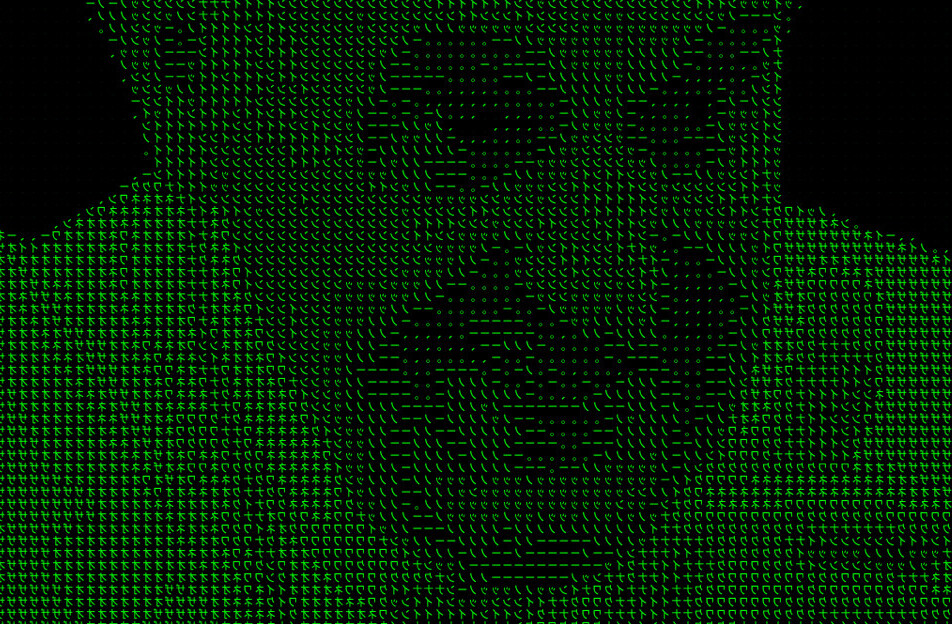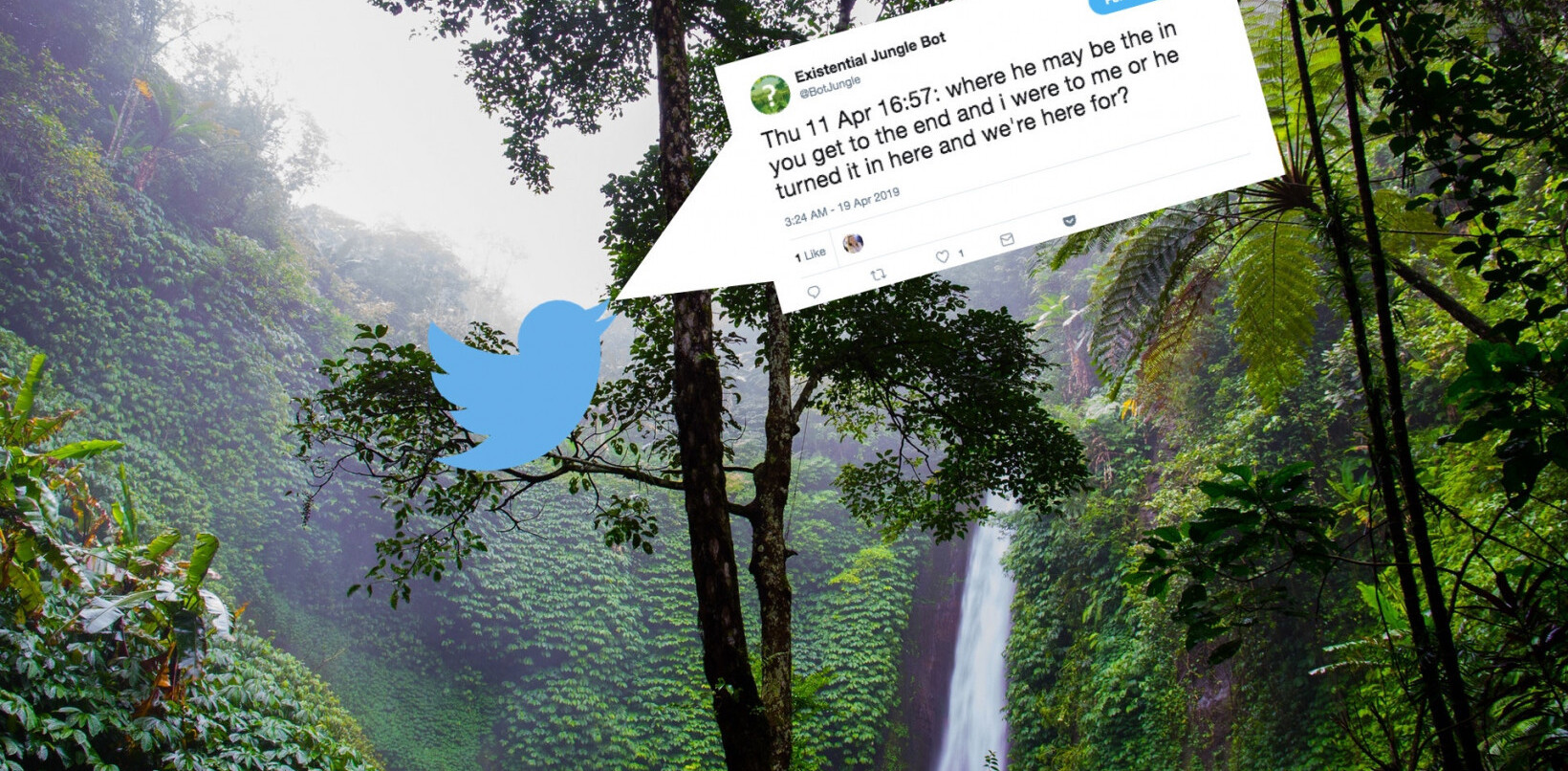
What did you do when you woke up this morning?
How did you feel?
Was it the same routine you had yesterday?
On average, each of us wake up to 25,000 mornings in our adult life, which means we have 25,000 days to maximize how we spend it.
Your morning defines the rest of your day.
If you can optimize your morning routines, you’ve set yourself up to have a productive day ahead of you.
The good news is, we all wake up with a fresh slate each morning, and have the opportunity to make it a great one, no matter how unproductive your previous mornings have been.
Before we dig into how to optimize your morning routines, let’s debunk some of the big myths out there
Myth #1: The Infamous Snooze Button
Even before the rise of smartphone alarms, you’ve probably waken up through the sound of an alarm clock most of your life.

Our body has learned to hate the dreaded alarm clock sound because it prevents us from getting what we want most, when we need it most: sleep.
So what do most of us do immediately? Hit the snooze button.
Studies have shown that we do this because our body releases serotonin into our bloodstream when we sleep, which is a neurotransmitter associated with happiness.
In fact, humans as a species are not used to being woken up from artificial noise, as we woke up naturally throughout evolution.
Despite how satisfied we may feel hitting the snooze button to sneak in that extra 10 minutes of sleep, it’s actually doing us more harm.
The reason is because when we return to sleep, our body pumps out dopamine, a chemical that suppresses feelings of sleepiness. As a result, our body is chemically pulled in both directions, leaving us disorientated and groggy.
Myth #2: Depending On Rewards Alone
We often use rewards to motivate ourselves to do something.
Think about the infamous sit-up routine in exchange of a chocolate cake as the reward.
Although rewards are an important part of the equation, it’s not the entire picture.
In the book Power of Habit, Charles Duhigg claims that you can’t rely on rewards to get that habit to stick. It’s a whole system, which he calls the habit loop.

For example, if you want to rid the habit of waking up late, you need to start by identifying the cue that is causing the habit in the first place.
Is it the dreaded thought of choosing which outfit you need to wear?
Perhaps it’s the effort of making breakfast before you rush off to work.
Duhigg suggests that cues fall into five categories:
Location, time, emotional state, other people, and immediately preceding action.
The key is to isolate your cravings and reward, so you can replace your bad habit with something good.
For example, instead of hitting the snooze button and falling back to sleep, you could reward yourself with a hot cup of coffee. The cue could be as simple as the smell of coffee, which you can ask your roommate to brew every morning.
Myth #3: All Strategies Work For Everyone
There is no one size fits all with establishing morning habits that fits us best. The average adult needs 7–9 hours of sleep, yet some of us only need 6 hours, while others need 10.

In addition, some of us have to shower in the morning to wake ourselves up, while some of us only need a cup of coffee to get going.
In her book Better Than Before: Mastering the Habits of Our Everyday Lives, Gretchen Rubin suggests most of us fall into one of four different general categories with regards to motivation:
- Upholders respond readily to both outer expectations and inner expectations.
- Questioners question all expectations, and will meet an expectation only if they believe it’s justified.
- Obligers respond readily to outer expectations but struggle to meet inner expectations.
- Rebels resist all expectations, outer and inner alike.
Knowing which category you fall into can help you best navigate how you should form your new habits moving forward.
In fact, it’s also helpful in navigating which advice you should follow, and which to ignore.
Gretchen has a short quiz you can take to know which of these groups you belong to. It’s pretty fascinating, not going to lie!
Now let’s get on to what you can do to form powerful morning routines to increase productivity.
1. Wake Up Next To Natural Light
A study was done on a group of adults suffering from sleep deprivation, where they embarked on a week long camping trip. And the results were shocking.

In just a few days living in absence of artificial light and alarm clocks, the participants not only had an easier time falling sleep, but they also had an easier time waking up. The sleep inertia was largely gone.
The researcher of this study, Kenneth Wright, concluded that the best way to sleep better at night and wake up fresher in the morning is to wake up next to natural sunlight.
The simplest way to do this is to sleep in a room with a window and put your bed next to it to maximize the light you receive in the morning.
2. Meditate
As meditation becomes more popular, there are more myths being spread about how to go about it.
The truth is: meditation is for everyone, and it’s also different for everyone.
There are many different types of meditation, such as mindful meditation or transcendental mediation, but there’s no one technique to define how you should meditate. Yet the benefits are clear: meditation helps us reduce our anxiety levels, increases our productivity, and even improves our memories.

Using advanced technology like fMRI scans, scientists have observed a decrease in beta waves in our brains after a 20-minute meditation session.
In simpler terms, our brain has stopped processing the distracting information that normally surrounds us to give us a peace of mind.
If you’re just starting out, we recommend trying out Headspace, where they walk you through step-by-step on how to start meditating.
3. Minimize Your Decisions
How does the leader of the free world, Barack Obama, get things done?
He automates his decisions.
“You’ll see I wear only gray or blue suits,” [Obama] said. “I’m trying to pare down decisions. I don’t want to make decisions about what I’m eating or wearing. Because I have too many other decisions to make.”
The reason why we want to minimize our decisions is due to what psychologists call decision fatigue. It’s the act of making exhausting our decisions, which prevents us our ability to make better decisions later on.
Obama takes it even further by receiving simple “decision memos” on his desk with three check boxes:
- agree
- disagree
- let’s discuss
Rather than expressing his decision through a complicated essay, this simple process speeds up the feedback loop to get things done faster.

Now you may not have as many important decisions to make as the President of the United States, but we can certainly model his morning routines to increase our productivity as well.
Are there small to large decisions that you can automate on a daily basis?
Simple actions could include: picking out your outfit before bedtime, eating the same breakfast each morning, waking up earlier to avoid route changes, etc.
4. Eat The Frog
In the book Eat the frog, Brian Tracy explains that our “frog” is the biggest and most important task, which you’re procrastinating on.
“If The First Thing You Do Each Morning Is To Eat A Live Frog, You Can Go Through The Day With The Satisfaction Of Knowing That That Is Probably The Worse Things That Is Going To Happen To You All Day Long .”— Mark Twain
We should be eating the biggest frog we have the first thing in the morning, no matter how painful it may be.
The reason why we want to do this first is because much like decision making, we have a limited amount of willpower, and once it’s gone, it’s gone.

We also have high levels of creativity and willpower in the morning, and studies confirm this as our prefrontal cortex, the part of the brain activating creativity, is the most active immediately after waking up.
This is crucial for anyone who wants to learn a new language or wanting to learn a skill faster.
Pick up your frog and eat it in the morning!
5. The “One Thing”
Do you have a to-do list?
If you do, chances are that 90 percent of the things on our list are not as important as we may think. Nor should they be.
Upon researching the successful habits of over 200 billionaires, Olympic athletes, and entrepreneurs, Kevin Kruse reported that none of them mentioned a to-do list.
According to Kruse, there are a few key weaknesses of a to-do list:
Doesn’t account for time. When we have a long list of tasks, we tend to tackle those that can be completed quickly in a few minutes, leaving the longer items left undone. Research from the company iDoneThis indicates that 41 percent of all to-do list items are never completed!
Doesn’t distinguish between urgent and important. Once again, our impulse is to fight the urgent and ignore the important. (Are you overdue for your next colonoscopy or mammogram?)
Contribute to stress. In what’s known in psychology as the Zeigarnik effect, unfinished tasks contribute to intrusive, uncontrolled thoughts. It’s no wonder we feel so overwhelmed in the day, but fight insomnia at night.
Instead of picking a list of things to do, we should pick the “one thing.”
That is, the one thing that will have the most impact towards achieving your goals, so when you complete that one thing, everything else becomes easier or unnecessary.
This is what Gary Keller, author of The ONE Thing, calls the Domino Effect.

Now take a look at your to-do list.
By the end of the day, if you completed only one thing on your list, which would you feel satisfied knowing you finished it?
6. Cherish Your Evenings
How you spend your evenings and the last few hours before you sleep is just as important, often more important.
There’s two major reasons for that.
- The quality of your sleep.
How you feel when you wake up and how you’ll feel for the rest of the day is dependent on how you sleep. If you can’t master your evenings, you can’t master your day.
Countless studies have found that electronic devices harm our sleep cycles. If you’re one of the many having trouble falling sleep on a routine or at all, Dr. Verma advises turning off electronics at least one-two hours before bedtime (this includes Kindles and other e-readers!)
The reason for this, explains researcher Mariana Figueiro, is because artificial light suppresses the release of melatonin — a hormone in the circadian system which is the body’s clock.
- Preparation, preparation, preparation.
The last thing we want to do when we wake up in the morning is to use up our willpower trying to decide how we should spend our day.
Before planning your day however, Greg McKeown, author of Essentialism, recommends reflecting how your day went through a daily journal. He goes on to explain that if we don’t know what we did right or what we did wrong today, how can we maximize our plan for tomorrow?
Once you’ve reflected on your current day, it’s time to schedule for your next day.
We’ve discussed previously how top-performers rarely use to-do lists.
However, Kruse states that almost all of them lives in their calendar.
Scheduling tasks on your calendar cures all the issues found in a to-do list because you can manage for time, schedule your priorities in the beginning of the day (when you have the most willpower), and it prevents excess stress since you can schedule breaks in between.
7. The Wake Up Shower
The Wake Up Shower, also known as Misogi, is a ritual that Samurai Warriors used to do by pouring buckets of cold water on their heads each morning.

Not all of us are born to become Samurai Warriors (although who knows), but this routine has now extended into a popular practice called Hot and Cold Hydrotherapy.
In fact, several studies show that hot and cold hydrotherapy has multiple benefits for our health, including reduced stress, stronger immune system, increased ability to burn fat, and even fighting depression.
Luckily, we can enjoy the luxury of this therapy in our very own showers.
All it requires is a small tweak.
Here’s how it works:
Take your regular cleansing shower in normal temperature. Then crank the nozzle to get it as cold as possible. Wait for 30 seconds.
Now crank it to become as hot as you can stand. This will open up the capillaries and increase blood circulation in your body. Wait another 30 seconds.
Finally, crank the nozzle back to cold, and wait for 30 seconds.
It sounds simple, but can be shockingly difficult to endure in the beginning.
You can let us know how it went in the comments tomorrow morning!
Morning Routines Of The Successful
A powerful way to optimize your morning habit is to simply follow what’s working for the succesful people you admire.
“Good Artists Copy, Great Artists Steal.” — Pablo Picasso
1. Tony Robbins
If you thought putting on a 60-minute presentation was difficult, meet Tony Robbins.
Tony makes a living from putting on 50 to 70 hour presentations over the span of a weekend, and he’s been doing this for the past three decades.
“Tony’s Power Is Superhuman… He’s A Catalyst For Change. I Want To Eat What He Eats, Drink What He Drinks — I Just Want To Do What He Does!” — Oprah Winfrey

Here is Tony Robbins’ morning routine:
a. Priming
The first thing Tony does when he wakes up is priming (instead of meditation, because Tony likes to think, the faster the better because that’s how his brain works).
“Wherever I am, I do not missing Priming.” — Tony Robbins
b. Process
1. explosive change of physiology
- hot/cold shower
- breathe 3×30 of 4x inhale/4x exhale
- pump-up music
2. “getting inside of my body”
i.e. feel the sensations of your body, become aware of sounds, feelings, emotions,…
c. Gratitude
The last thing Tony does is to be grateful for three things:
1. First simple things like the wind on my face, then the things you have in your life, your relationships, your loved ones, your health, …
2. Passions in life
3. Service to others
If you want to learn more about Tony’s routine, you can read more here.
2. Paul J. Mitchell
DeJoria, the cofounder of Patrón tequila and Paul Mitchell hair products, starts every morning with five minutes of quiet reflection.
“The very second I wake up, I stay in bed for about five minutes and just be.” — Paul J. Mitchell
During those five minutes, he tries to be truly ‘present,’ and is grateful for what he has.
From there, he examines his schedule for the day on his calendar, checks in with his assistants, and takes care of anything urgent such as a phone call.
One thing he doesn’t do: Email.
Paul says that it allows him to focus on the most important things that need his attention most in the early part of the day.
Read more about Paul’s routine here.
3. Cheryl Bachelder, CEO Of Popeyes
Like many of us, Cheryl is a fellow night owl, so she designs her morning routines to get her ‘in the right frame of mind for the day.’
She starts her day with music, something she has always done since childhood, which gives her purpose and reminds her of her family.
Bachelder then spends time reading in the morning, as well as writing on her blog, when she can find the time.
“To have the energy to lead, we need to be restored and prepared before we get to the workplace.” — Cheryl Bachelder
4. Benjamin Franklin
Benjamin Franklin outlined his morning routine by the hour, which you can see below.
Much like the other successful people we’ve profiled, Franklin was an avid morning person.
From 5 to 7AM each morning, Franklin asked himself, “What good shall I do today?” which also included addressing the “Powerful Goodness” and setting a plan for the rest of his day.

Over To You
Which of the morning routines we’ve outlined will you try out?
What were your key takeaways from the morning routines of the successful?
We’d love to hear it in the comments below.
Read Next: How to achieve your goals faster
Image credit: Shutterstock
This post first appeared on Rypeapp.
Get the TNW newsletter
Get the most important tech news in your inbox each week.




